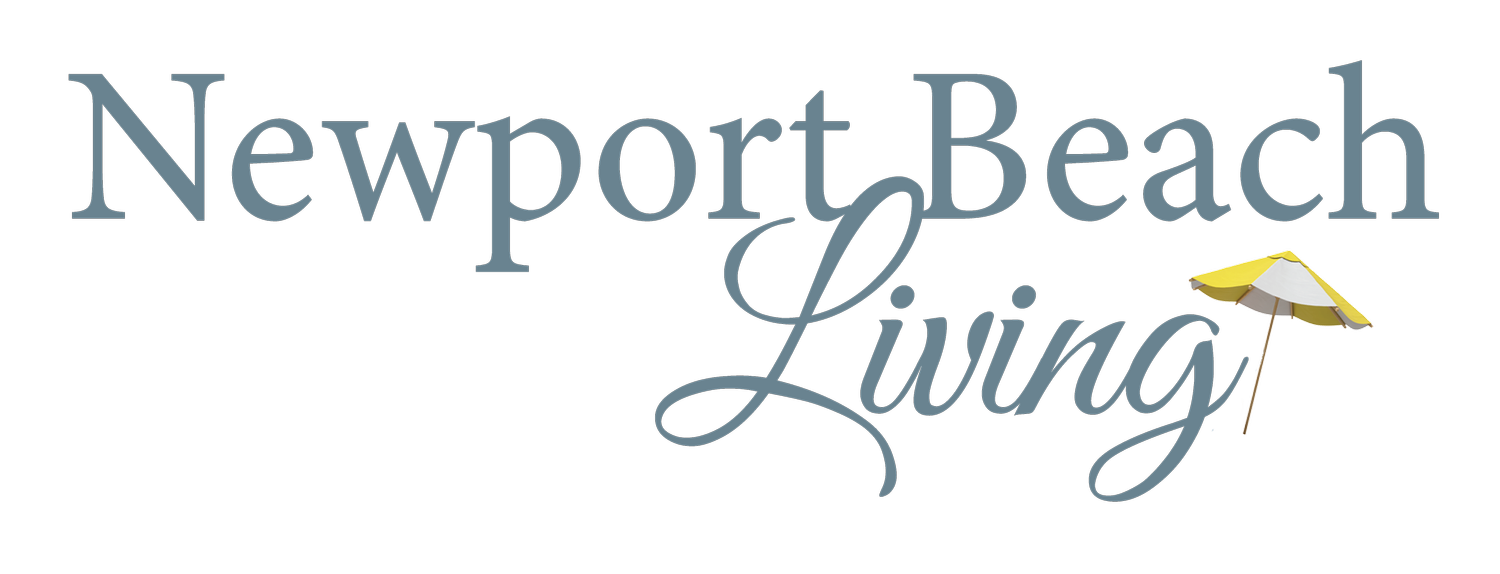Brain Health - What is Brain Mapping?
By: Karen Odell-barber
As a recent healthcare trend, you might have noticed that a lot of people are claiming they can help your brain. A bevy scans, pills, psychedelics and electrodes have flooded the market as of late, and I’m sure you’ve pondered the questions as to if any of it works.
The seeming new-found interest in brain health can be attributed to the science exploding in the last twenty years. Also, technological advances has made powerful equipment and data analysis widely accessible. New studies have given doctors a much better sense of how our health, wellness and mental performance emerge from complicated patterns of activity in the sprawling networks of neurons we carry inside our skulls.
Attempting to make sense of it all, let’s clarify some of the terms you may encounter if you choose to dive into the brain heath rabbit hole. “Brain scans” and “brain imaging” can refer to several different technologies. “MRI” and “CT” or “CAT” scans take a sort of snapshot of the brain to look for sign of damage or disease. A variation of MRI called “functional MRI” measures how parts of the brain become more as less active as we perform tasks. MRI and CT scans provide great information about where things are but are not as good at telling us exactly when things happen as the brain does its thing. These expensive techniques use big scanners inside hospitals or imaging centers. Specialized techniques called “PET” and “SPECT” use injected radioactive chemical to give similar information. But again, these techniques are better at examining the “structure” as opposed to the “function.” A variety of techniques based on “EEG” or “brain waves” are increasingly popular because they are safe, relatively inexpensive, portable, and sensitively measure the “when”. A more modern version of EEG called “qEEG” analyzes brain waves in detail, to paint a picture of how parts of the brain work together in real time, as we think and react to things. When compared against other qEEGs, this picture can inform customized brain-training programs to fix issues and achieve your genetic peak performance. While this might sound similar “neurofeedback,” neurofeedback usually uses traditional EEG and takes a kind of generalized brain-training approach. Meaning the amount of data collected in neurofeedback training is very limited, and the end results are typically a temporary reduction in symptoms or a temporary improvement in a narrowly defined brain function.
The cutting edge of brain wellness relies on qEEG-based imaging and brain optimization, which is called “neuroengineering”. This technique starts with a detailed qEEG “brain map” and uses that map to drive adaptive, highly-tailored training to produce long-lasting or permanent improvements in brain function. The kinds of improvements people notice for themselves, and that make a difference in school, work, relationships, athletics, you name it.
Please visit Neurologics.com or make an appointment at our new assessment center in Fashion Island for more information on Neuroengineering, Brain Mapping, and elite brain optimization.

